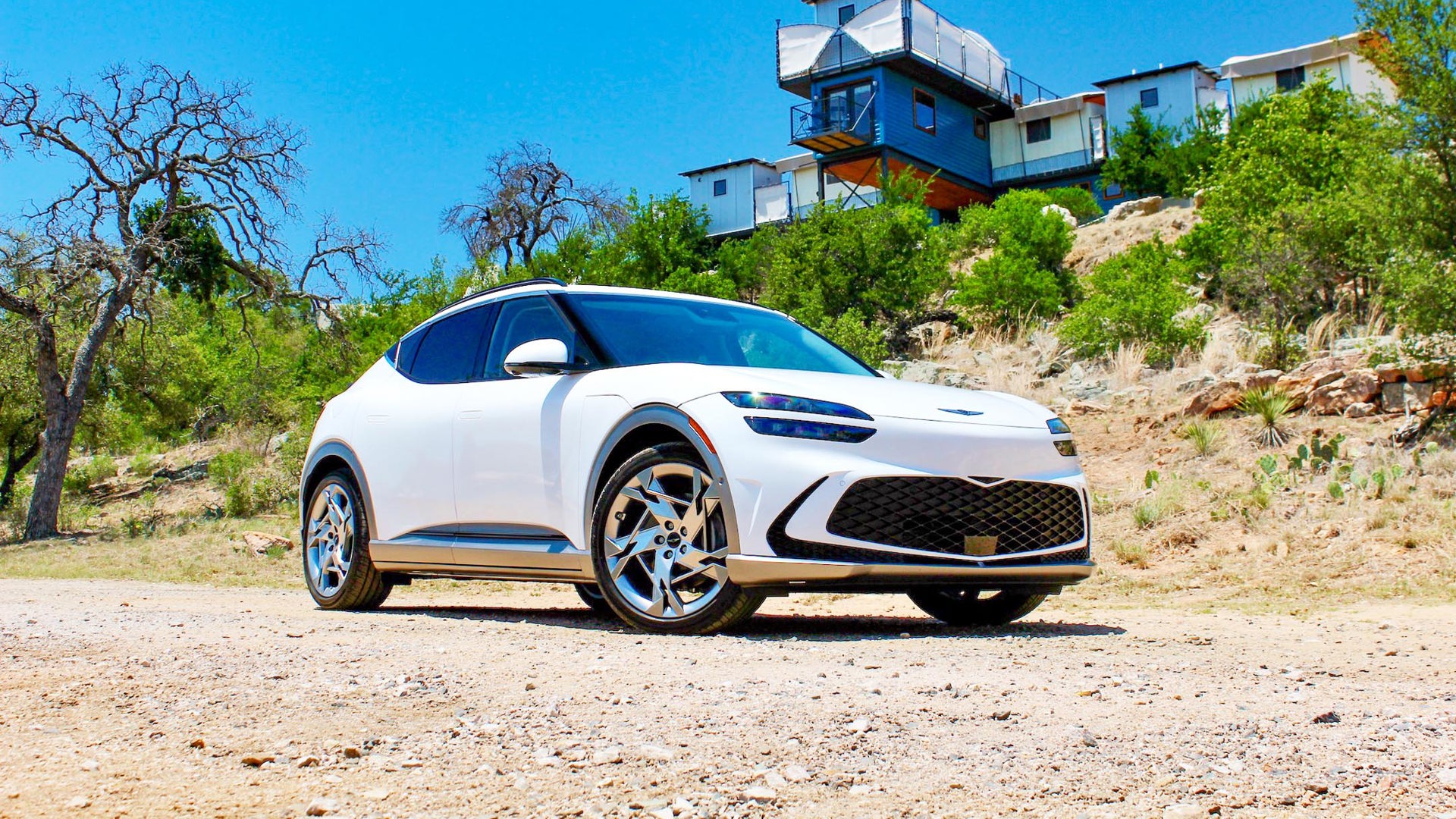Maybe you don’t notice because we are immersed in it, but a green revolution in the automotive world is well underway. I’ve been lucky to observe these evolving trends over the past decade, which is a lifetime in the automotive world because change happens so quickly. A lot can change in a brief amount of time.
Here are a handful of changes I’ve noticed covering the green automotive space over the past 10-plus years.
Change #1: Green Has (Only Recently) Come to Mean Electrified
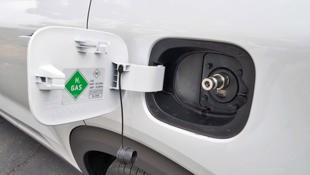
Not too long ago, “green” could apply to anything from hybrids, fully electric vehicles (EVs), plug-in hybrids (PHEVs), and even just efficient gas- or diesel-powered internal combustion engine (ICE) vehicles. At recent “green automotive events” that I’ve participated in, the meaning has shifted.
Today, it’s as if our usually divided society somehow agreed that full electrification is what green means now.
Consider that fuel cell technology seems to have hit a dead end while only a decade ago, it felt like a possible dream. It’s still extant in Quebec and B.C., but not really anywhere else in Canada. And ask yourself when you last heard the phrase clean diesel. The VW scandal of 2015 was a catalyst, so to speak. Since then? Green now means electric.
Change #2: Manufacturers Are Committing to Full Electrification Faster Than Governments
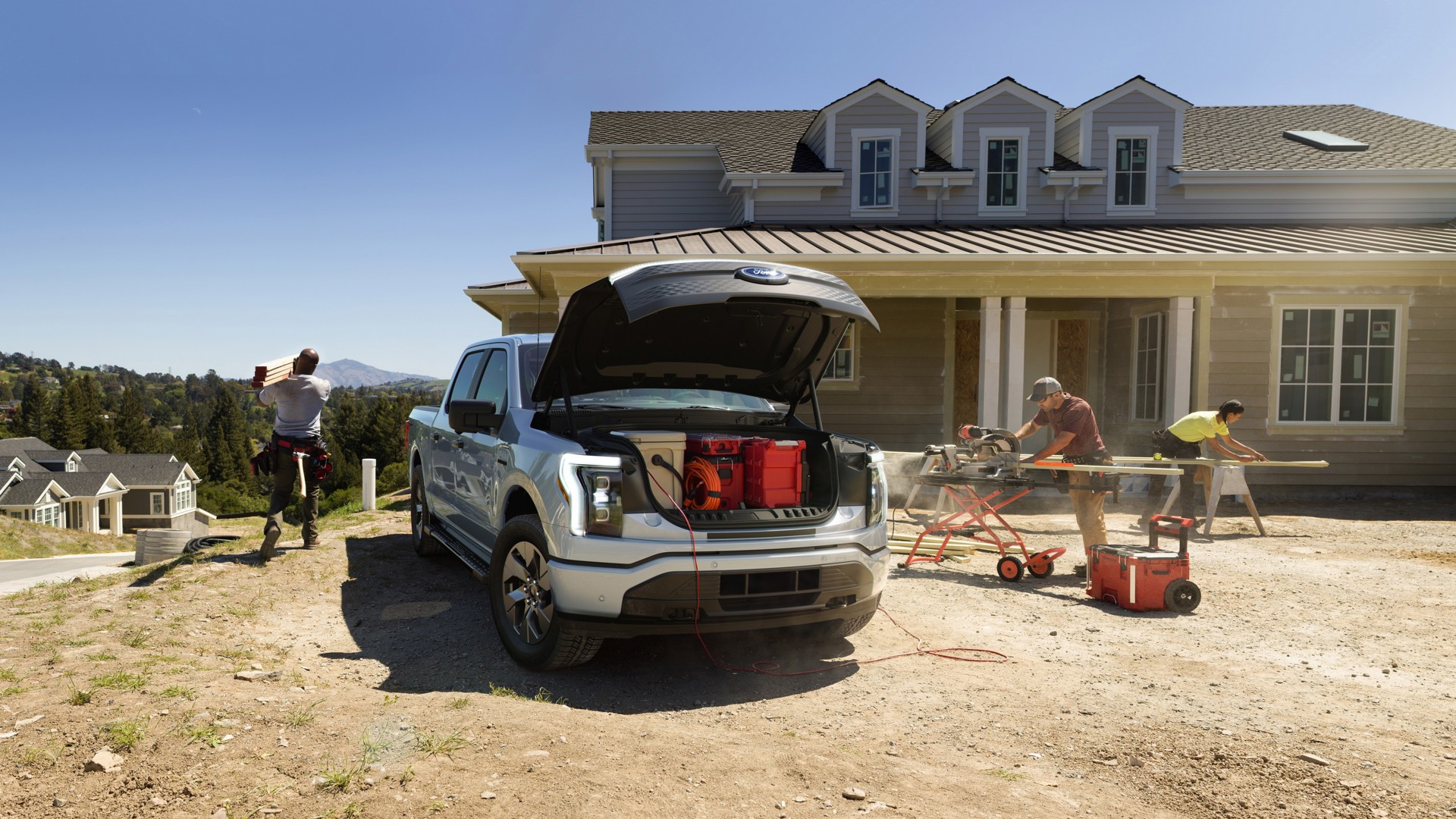
Electrification has progressed gradually for years, but it went tidal last year. A swath of major automakers announced plans to make their lineups fully electric, seemingly not even slowed by the pandemic. Examples?
On January 12, 2021, at the Consumer Electronics Show (virtual that year, not in Las Vegas) GM committed to phasing out all ICE vehicles by 2035. GM also committed to spending US $25,000,000,000 (note how many zeroes there are in a billion) on green tech by 2025, 10 years before then – a.k.a. just a few years from now.
This was not some reluctant reaction to government legislation, nor a charitable PR stunt to boost the economy mid-pandemic. It was a business decision looking into the future; one among many manufacturers.
Months later in the spring, Ford released the Mustang Mach-E, a fully electric crossover that looks nothing like any previous Mustang, but the very use of its brand name, however, signalled how vital electrification is to Ford’s future. And if that wasn’t proof enough of its commitment, on May 19, Ford announced the all-electric F-150 Lightning, a zero-emissions version of North America’s bestselling truck and Canada’s bestselling vehicle of any kind since before Fred Flintstone owned one.
Not to be left behind by these iconic American brands, Volkswagen recently also announced its shift to full electrification by 2035 and will produce 800,000 EVs this year alone. Meanwhile, Volvo committed to building nothing but EVs by 2030, a significantly more ambitious schedule than other automakers. And the list goes on.
Now, remember: The Toyota Prius – the hybrid that launched the electrification movement – only appeared in 1997. The Simpsons have already been on TV longer than it’ll take to move nearly the entire automotive industry onto the electric grid. That’s revolutionary and little of that change has to do with government action. It should be noted, however, that the Canadian government has announced its goal that all passenger (not commercial) vehicles sold in 2035 will be fully electric, and there are many U.S. states with similar goals, so these automakers are likely trying to get their ducks in order early on.
Change #3: Range Anxiety is Easily Treatable Now
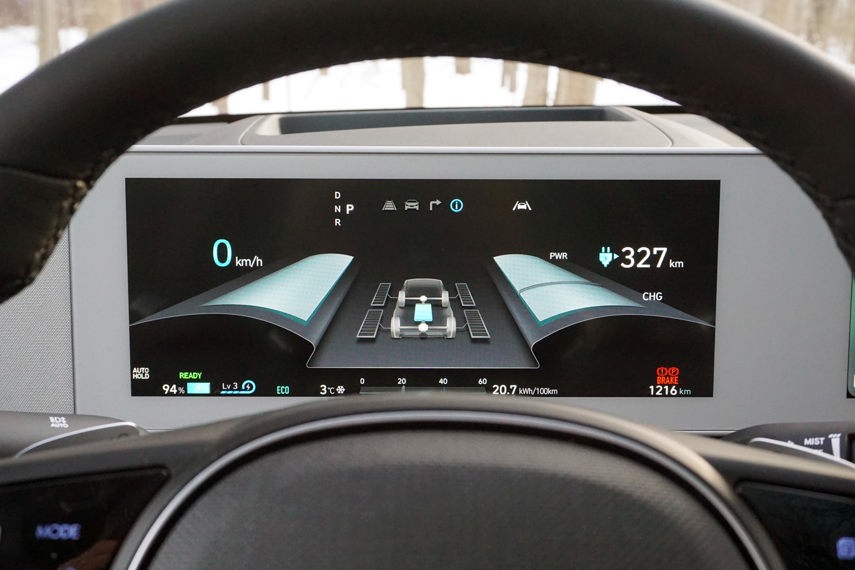
In 2011, I drove two EVs, the Smart Fortwo Electric Drive and Nissan Leaf. The Smart’s alleged range was 130 km, while the Leaf claimed a slightly less anemic 160 km. Neither inspires confidence. Moreover, those ranges were optimistic, bordering on fictional. To achieve such mileage, you’d need to drive carefully and in perfect weather (good luck in Canada). This means gently coasting to a stop rather than braking hard; being miserly with the heat on cold days and just sweating on hot ones; favouring highway driving over city but without speeding or erratic variations in speed. Those range figures were near impossible to achieve in real-world driving conditions.
Back in 2011, I piloted the Smart EV right out of juice and sat, kaput, on a lonely rural highway in southwestern Ontario for a long time waiting for help. Maybe you’ve read about or experienced range anxiety, but have you ever wondered what would happen if you actually did exhaust, so to speak, an EV’s battery? You have to flatbed tow it to a charger. It’s very inconvenient and very embarrassing.
It’s unlikely that you’d need the flatbed rescue in 2022, however, because today’s EVs usually come with at least 300 kilometres of range, they’re better at helping drivers plan their trips, and finding chargers is easier than ever.
Change #4: Infrastructure is Growing Exponentially
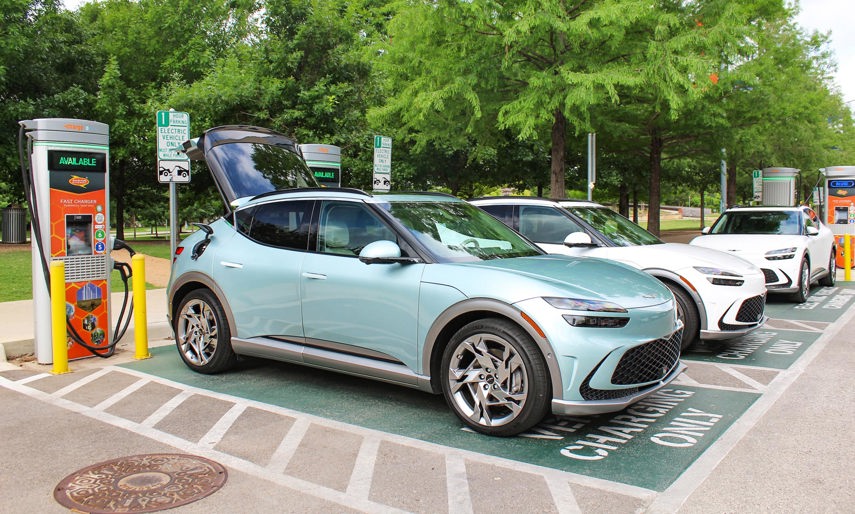
Not too long ago, you couldn’t plan an EV trip far beyond the suburbs without including a plan to stop and charge. But now you can drive a modern EV across Canada with just a bit of extra planning because most are offered with generous range, the cross-country charging network is growing all the time, and most stations have high-speed chargers that can take you from 10 per cent to 80 per cent within half an hour. Funny enough, many of these fast chargers are located as gas stations and close to places to eat and take a bathroom break.
Change #5: Rolling Computers
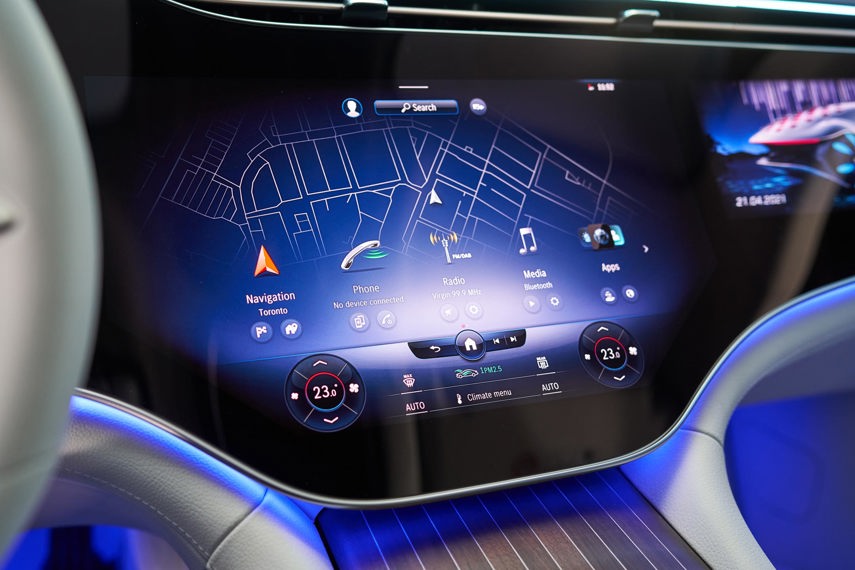
The integration of smartphones and their apps have converted all new vehicles, but especially electric ones, into rolling computers. EVs today are usually connected to the internet and come with apps that allow drivers to schedule charge times for when it’s most affordable, monitor a car’s state of charge, or even lock their doors from anywhere. These apps can remind you where you parked, can be used to find charging stations, and can even be used as keys to lock and unlock the car. Being internet-enabled also opens the door to over-the-air updates, meaning your car’s software can get better without ever having to make an appointment at your local mechanic. One other benefit, among many, to being connected to the internet is that most navigation systems in EVs will allow you to search for chargers and filter your results based on charging speed, different payment methods, or whether the charger is occupied or available. These systems can also give drivers real-time traffic and weather information as well as suggest more efficient routes to help maximize a driver’s range.
Recent Green Innovations That Quickly Became Common
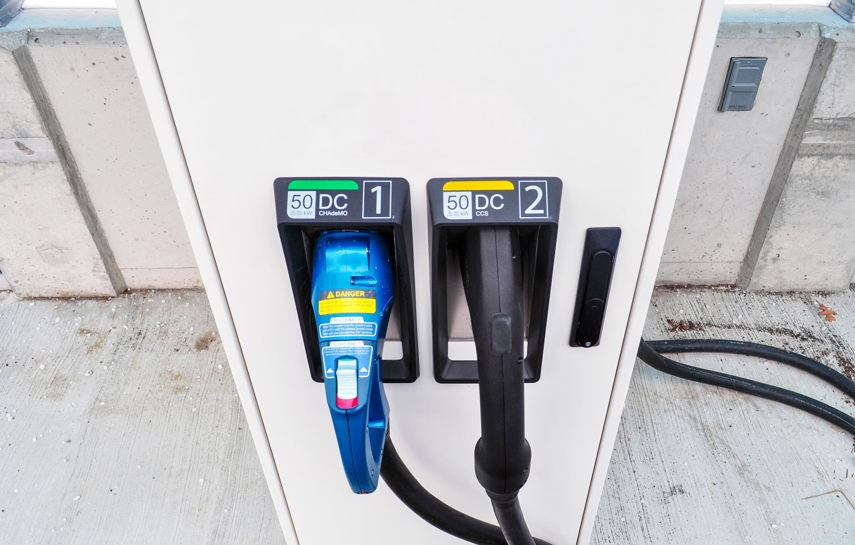
Faster charging speeds
10 years ago, 50 kW was the fastest charging speed available. Today, many stations charge at 230 kW, and a recent announcement says Germany will soon be home to 360 kW chargers.
More PHEV range
Many plug-in hybrid electric vehicles now offer 50 or 60 km of pure electric range. Most commuters could travel to work and back unfuelled forever – what a feeling! – but still have a gas-powered ride for extended trips out of town.
Start-stop engine systems
A novelty 10 years ago – we were encouraged to write about them – these days, they’re more common in cars than lighters, stick shifts, and CD players put together.
Cylinder deactivation
This fuel-saving feature reduces the number of cylinders in use once a vehicle has attained highway speed or is under a low load, maximizing fuel efficiency.
